 |
 |
 |
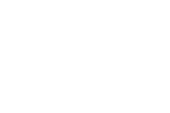
|
Elsi Giauque
Élément spatial (Spatial Element), 1979 Linen, silk, wool, and metal
Twenty frames, each 35 3⁄8 x 37 3⁄8 x 1⁄4 inches
Mudac–Musée de design et d’arts appliqués contemporains, Lausanne, Switzerland
Photo by AN–Arnaud Conne
|
|
 |
Fiber: Sculpture 1960
1/10/2014-4/1/2015
FIRST MAJOR EXHIBITION ON FIBER ART IN 40 YEARS
Fiber: Sculpture 1960–present is the first exhibition in 40 years to examine the development of abstraction and dimensionality in fiber art from the mid-twentieth century through to the present. Adapting age-old techniques and traditional materials, artists working in fiber manipulate gravity, light, color, mass, and transparency to demonstrate the infinite transformations and iterations of their material.
|

|
Posted 2 December 2014
|
Share this:
|
|
Early pioneers such as Magdalena Abakanowicz, Sheila Hicks, Lenore Tawney, and Claire Zeisler demonstrated a revolutionary redefinition of fiber art in the 1960s and ‘70s, showcasing radical, non-representational forms. Fiber: Sculpture 1960–present addresses the cultural and critical forces that contributed to the initial efflorescence of the fiber revolution at mid-century, its contraction in the 1980s, and its recent reclamation by contemporary artists.
|
|
|
|
|
|
|
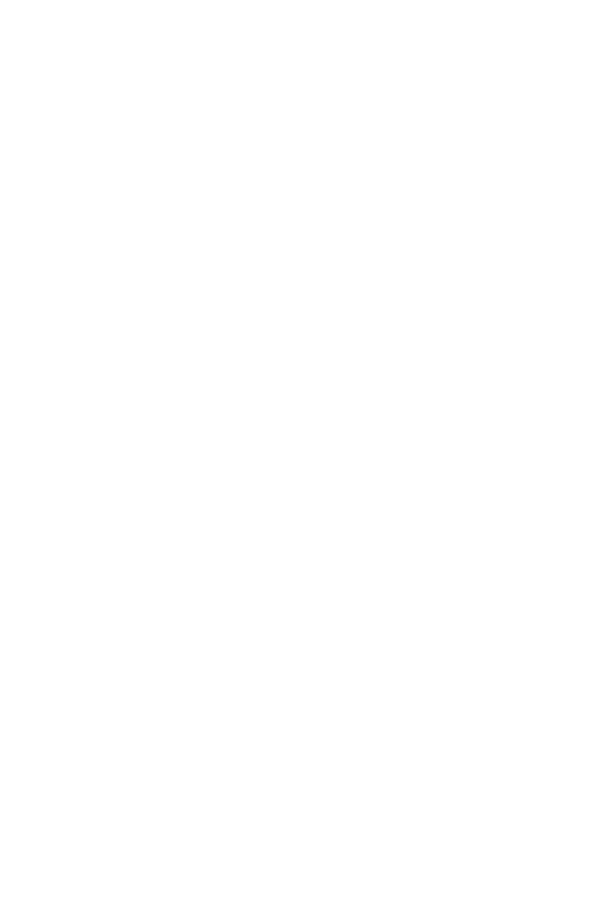
Faith Wilding
Crocheted Environment, 1972/1995
Woolworth’s Sweetheart acrylic yarn and sisal rope
108 x 108 x 108 inches
The Institute of Contemporary Art/Boston
Gift of the artist
On view in Womanhouse, Los Angeles (1972)
|
|
|
|

|

|

|
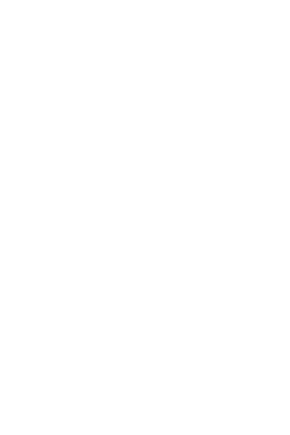
|
|
Crisscrossing generations, nationalities, processes, and approaches, the exhibition features approximately 50 works by 33 artists—including works by the aforementioned artists, alongside Olga de Amaral, Eva Hesse, Ernesto Neto, Rosemarie Trockel, Anne Wilson, and Haegue Yang—that range from small-scale weavings to immersive environments.
Fiber: Sculpture 1960–present is organized by Jenelle Porter, Mannion Family Senior Curator, and will be on view at the ICA from October 1, 2014 through January 4, 2015. Following its premiere in Boston, the exhibition will tour to the Wexner Center for the Arts, Columbus, Ohio (January 30 – April 5, 2015) and the Des Moines Art Center, Iowa (May 8, 2015 – August 2, 2015)
|
|
|
|
|
|
“An exhibition of sweeping scope and substance, Fiber: Sculpture 1960–present shines light on a generation of art and artists that has, until now, been under-recognized or long-forgotten,” said Jill Medvedow, Ellen Matilda Poss Director of the ICA. “Jenelle has climbed into attics and storerooms around the world to uncover key works, and the result makes an important contribution to our understanding of contemporary art and politics.”
“In the mid-century, artists began utilizing fiber to create large-scale, conceptual pieces—a move that mirrored the trajectory of contemporary art history at this time—yet these artists, many of them women, were often relegated dismissively to the category of craft and garnered limited attention within the art world,” said Porter. “Fiber: Sculpture 1960–present seeks to revise entrenched histories by assembling significant works by artists who transformed the material definitions of fiber. These objects are considered in terms of medium, process, and concept rather than in relation to categorical divisions within disciplines and art worlds.”
|

|

|

|

|
|
|
Installation view of Pillar of Inquiry/Supple Column, 2013-14 (E.2013.0469), by Shelia Hicks. Whitney Biennial 2014, Whitney Museum of American Art, New York, March 7- May 25, 2014. Collection of the artist; courtesy of Sikkema Jenkins & Co., New York. Photograph by Bill Orcutt.
© Sheila Hicks
|
|
|
|
|
Françoise Grossen
Inchworm, 1971
Industrial cotton piping cord
240 x 156 inches
Courtesy of the artist
Photo by Charles Mayer
|
|
|
|
|
Claire Zeisler
Red Wednesday, 1967
Jute and wool
68 x 40 x 40 inches
Museum of Arts and Design, New York
Gift of the Dreyfus Corporation, through the American Craft Council, 1989
Photo by Eva Heyd
©Estate of Claire Zeisler, courtesy of Rhona Hoffman Gallery, Chicago
|
|
|

|

|

|
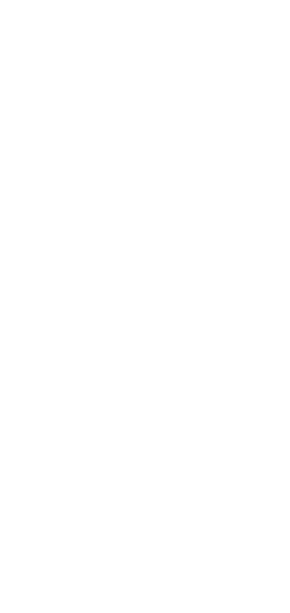
Lenore Tawney
Black Woven Form (Fountain), 1966
Linen and metal
105 x 17 x 2 1⁄4 inches
Museum of Arts and Design, New York
Gift of the artist, through the American Craft Council, 1968
Photo by Sheldan Comfert Collins
|
|
Lenore Tawney, for example, creates an open grid in Dark River (1961) by incorporating negative space into her woven forms. Despite the radical forms that could be generated on the loom, its use tied fiber to weaving and craft. Consequently, some artists chose to work entirely “off loom” to achieve monumental forms while others sought to lose the apparatus altogether, but retain the grid. Elsi Giauque’s Pure Spatial Element (1979) is a fragmented grid composed of uniformly-sized square metal frames strung with vertical and horizontal thread—a kind of simple frame loom. The installation of the panels is infinitely changeable, and as such, the works entered into conversation with much of the art of the late 1960s.
|
|
|
|
|
|
Formless Fiber: Softness Meets Gravity
The exhibition’s second section shows artists responding to the grid’s rigidity and structure by constructing pliable forms that strayed farther and farther from the wall to interact with the ceiling, the pedestal, the floor, and space itself. This development related in part to the rejection of the loom’s limitations of size in favor of single element techniques like wrapping, braiding, and crocheting, which allowed for more freedom of expression and scale. Artists pursued larger, more complex three-dimensional shapes: for example, Jagoda Buic’s monumental Falling Angel (1967), a pendulous, multilayered sculpture executed fully in the round, or Françoise Grossen’s massive Inchworm (1972), comprising heavy plaited rope arranged on the floor. Whether hanging from the ceiling or arranged on the ground, gravity is used as a tool with which to make form. In this respect, artists working in fiber during the 1960s and ‘70s participated in the broader contemporary debates around postminimal artists like Robert Morris and Eva Hesse, who employed gravity to shape raw materials.
|
|

|

|

|
Like other expanding mediums such as photography, video, installation, dance, and performance, fiber is now used like any other material in the artist’s studio: as a tool with which to make art. In proximity to developments in modern and contemporary art history—which have consistently pushed toward large-scale sculpture and room-scale installations—as well as to the history of craft, fiber is a material richly deserving of reconsideration. Fiber: Sculpture 1960–present shows that artists use fiber for all the reasons that others paint, sculpt, perform, dance: to give form to ideas. Fiber, as seen in the remarkable artworks of the past 50 years, is a material capable of limitless conceptual and material exploration.
Catalogue
The exhibition is accompanied by a comprehensive catalogue co-published by the ICA with DelMonico Books/Prestel. It includes a foreward by Jill Medvedow and essays by Jenelle Porter; Glenn Adamson, director of the Museum of Arts and Design; and T’ai Smith, assistant professor at the University of British Columbia. The catalogue also features entries on each artist in the exhibition, written by Sarah Parrish, doctoral candidate at Boston University.
|
|

Sheila Hicks
Banisteriopsis II, 1965–66/2010
Wool and linen
Dimensions variable
The Institute of Contemporary Art/Boston
Gift of the artist in honor of Jenelle Porter
Photo by Charles Mayer
© Sheila Hicks
|
|
|
|

|

|

|
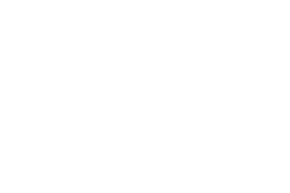
Jean Stamsta
Orange Twist, ca. 1970
Wool, synthetic yarn, and wood
43 x 103 x 43 inches
Museum of Wisconsin Art, West Bend, Wisconsin
Gift of the Kohler Foundation, Inc.
©The Estate of Jean Stamsta
|
|
Major support for Fiber: Sculpture 1960–present is provided by The Andrew W. Mellon Foundation and The Andy Warhol Foundation for the Visual Arts.
Additional support is provided by the National Endowment for the Arts; The Coby Foundation, Ltd.; Kate and Chuck Brizius; Robert and Jane Burke; Paul and Catherine Buttenwieser; Karen and Brian Conway; Fotene Demoulas and Tom Coté; Bridgitt and Bruce Evans; Jim and Audrey Foster; Allison and Edward Johnson; Barbara Lee; Tristin and Martin Mannion; and Mark and Marie Schwartz.
“Splendid, viscerally engaging…
"groundbreaking exhibition.”–Boston Globe
Fiber: Sculpture 1960–present is the first exhibition in 40 years to examine the development of abstraction and dimensionality in fiber art from the mid-twentieth century through to the present. Adapting age-old techniques and traditional materials, artists working in fiber manipulate gravity, light, color, mass, and transparency to demonstrate the infinite transformations and iterations of their material. Early pioneers such as Magdalena Abakanowicz, Sheila Hicks, Lenore Tawney, and Claire Zeisler demonstrated a revolutionary redefinition of fiber art in the 1960s and 70s, showcasing radical, non-representational forms. Fiber: Sculpture 1960–present addresses the cultural and critical forces that contributed to the initial efflorescence of the fiber revolution in the mid-century, its contraction in the 1980s, and its recent reclamation by contemporary artists.
Crisscrossing generations, nationalities, processes, and approaches, the exhibition features approximately 50 works by 34 artists—including works by the aforementioned artists alongside Olga de Amaral, Eva Hesse, Ernesto Neto, Rosemarie Trockel, Anne Wilson, and Haegue Yang—that range from small-scale weavings to immersive environments, all made in fiber.
|
|
|
|
|

|

|

|
FEATURED ARTISTS: Magdalena Abakanowicz, Olga de Amaral, Xenobia Bailey, Alexandra Bircken, Jagoda Bui, Alexander da Cunha, Ria van Eyk, Josh Faught, Elsi Giauque, Françoise Grossen, Eva Hesse, Sheila Hicks, Diane Itter, Ritzi and Peter Jacobi, Naomi Kobayashi, Beryl Korot, Ruth Laskey, Aurèlia Munoz, Ernesto Neto, Sheila Pepe, Robert Rohm, Ed Rossbach, Kay Sekimachi, Alan Shields, Sherri Smith, Jean Stamsta, Lenore Tawney, Rosemarie Trockel, Piotr Uklanski, Faith Wilding, Anne Wilson, Haegue Yang and Claire Zeisler.
Fiber: Sculpture 1960–present is organized by Jenelle Porter, ICA Mannion Family Senior Curator.
ICA The Institute of Contemporary Art
100 Northern Avenue
Boston, MA 02210
+1 (?617) 478-3100
info@icaboston.org
http://www.icaboston.org
|
|
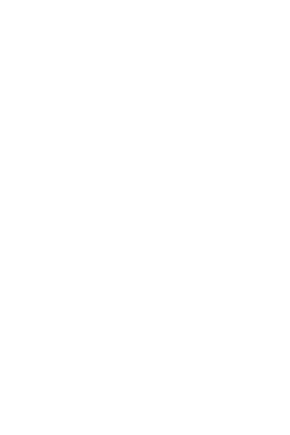
Josh Faught
Untitled, 2009
Hemp, sequins, pin, and garden trellis
50 x 48 x 2 inches
The Institute of Contemporary Art/Boston
Gift of Andrew Black
Courtesy of the artist and Lisa Cooley, New York
|
|
|
|
|
|
|
|
|
|


